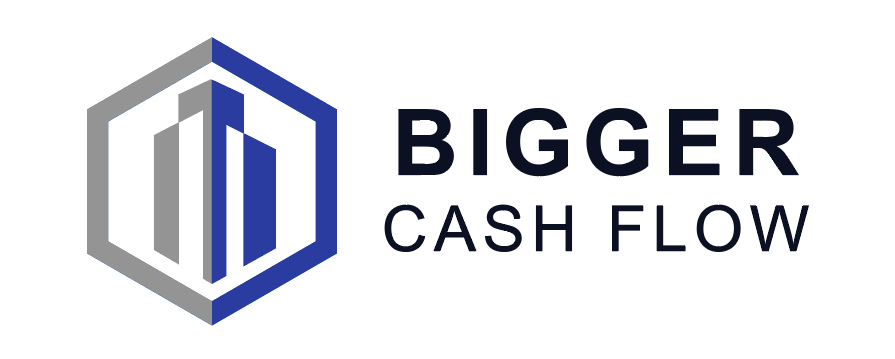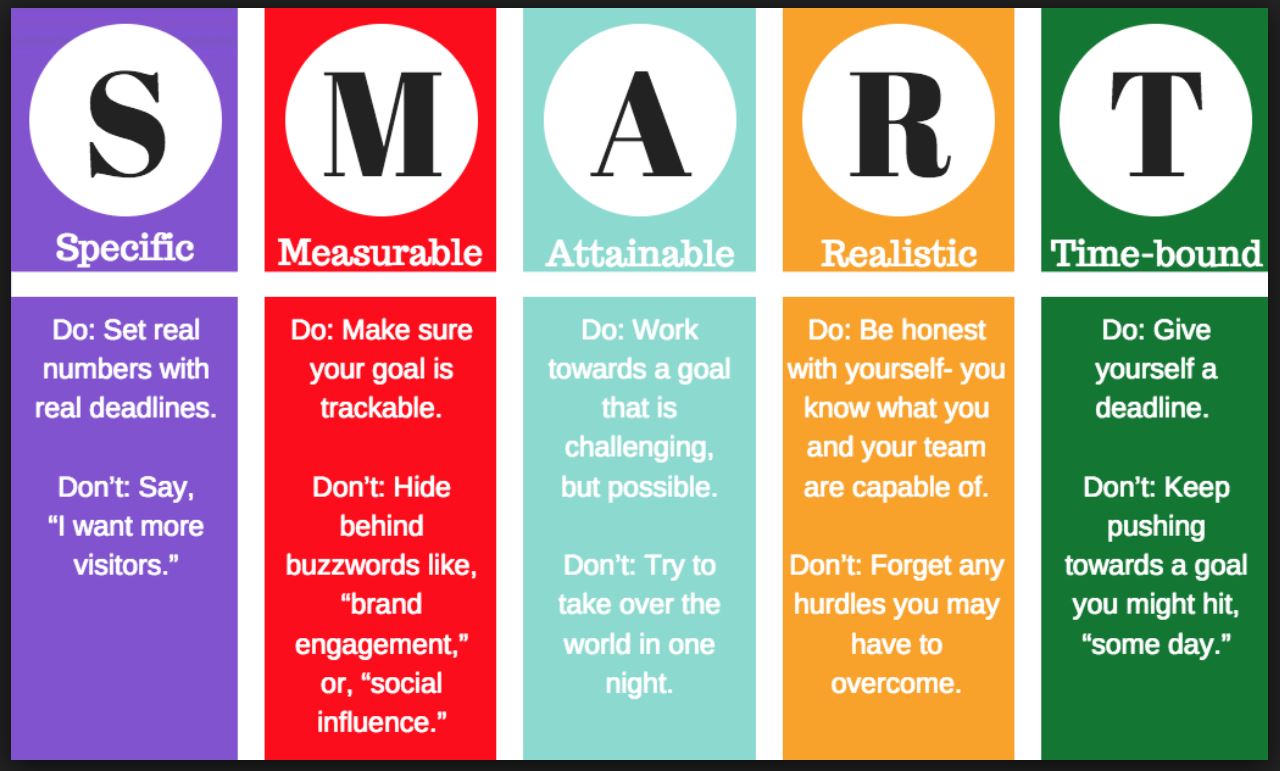Personal Finance 002: Importance of Goal Setting - 2019 Edition
/Hello BiggerCashFlow subscribers! 2019 is just around the corner, and I figured, what better time to reflect on 2018 and set new goals for 2019? Soren Kierkegaard, a Danish philosopher once said, "Life can only be understood backwards; but it must be lived forwards."
I personally remind myself of this quote during the turn of a new year. As much as it is important to take action and pushing forward, its equally important to take a moment to pause, look back and smell the roses before you depart again towards your goal. By taking a moment to reflect, you can understand the journey that you took, some of the difficulties or roadblocks you may have encountered, and learn from those mistakes and pivot.
Once you have completed reflecting on your year, be sure to also celebrate your wins with your loved ones and also give yourself credit for progress made. Life, I believe, is more about the journey than the destination, and becoming the best you that you can be. Now lets take a look at how we can set our goals for 2019, and I will share some of my goals and how I plan to accomplish them.
Setting SMART goals:
If you have read some of my blog posts, you will notice I like to use acronyms to remember key details. One in particular I have used since grade school is setting SMART goals. SMART stands for:
SMART goal examples:
Example Goal #1: Plan and execute five real estate webinars this year with 100-plus attendees per event and 80% or higher satisfactory survey response.
This example is specific (five real estate webinars), measurable (number of attendees and satisfaction rate), attainable (the resources are available, requires your time), relevant (useful for scaling your business and promoting your brand) and time-based (within this year).
Example Goal #2: I will receive a promotion at my W-2 job within one year by achieving a 80% realization against my budgeted hours on my projects and receiving a strong rating for two consecutive review periods.
This example is specific (receive a promotion), measurable (strong rating and 80% realization), attainable (goals and promotion timeline has been discussed with supervisor), relevant (promotion at current job) and time-based (within this year).
Example Goal #3: I will pay off $10,000 of unsecured debt in 2 years by applying at least $500 a month towards the debt principal by reducing my discretionary expenses (clothing, restaurants, entertainment).
This example is specific (pay off debt), measurable ($500 monthly payments towards reduction of debt), attainable (reducing discretionary expenses), relevant (saving for a rainy day/investment for future) and time-based (within two years).
Step 1: Write down your 2019 goals and objectives
The important thing about taking time to actually write down your goals is that you are more likely to retain that information in your memory. Also, it gives you another chance to remind yourself of "why" you do the things that you do in both business and your personal life. Goals can be financial/career, spiritual, health-related, relationships, and educational related to name a few.
Step 2: Create a plan of attack
Once you have written down your goals, you have to create a game plan to meet those objectives. This step should be rather simple as you have thought about this while writing the "M" (Measurable) portion of your SMART goal. If you want to stay motivated, you can create small milestones that will give you the added confidence to reach the next level and so forth (snowball method). Break your measurement into smaller pieces (e.g. by project or task) so that it does not seem too arduous
For example, if your goal is to start a real estate podcast with 1000 listeners, you might want to break it into 10 actionable steps:
Think of a podcast theme and name
Research podcast format via online searches and listening to other podcasts
Purchase equipment needed to perform the task
Prepare scripts or outlines for 10 episodes
Create a guest list, each with a unique topic
Create intro and outro music and graphic design
Record and edit your first episode
Launch onto iTunes, Stitcher, and Youtube
Create a social media presence (Youtube, Instagram, Facebook)
Post relevant content every other day to drum up interest for the next episode
Step 3: Track your progress
After you have clearly written down your goals and created a plan of attack, make sure you don't "set it and forget it." You want to track your progress and be accountable for your actions (or inaction). Things are bound to change all the time, whether it be personal, professional, or spiritual. Meaning that when life throws a curve ball, you want to be ready to pivot in the right direction.
For example, you may have wrote a goal to purchase a new turnkey rental property by the end of the year through a promotion and bonus that was expected in March 2019. However, lets say your company failed to meet their targets and you don't get the promotion and bonus. This may have been outside your control. As such, you will have to re-evaluate your circumstances and adjust to see what areas you can control to meet your goal of purchasing a new turnkey rental. If you leave things on autopilot too soon, you may find yourself brushing off your missed goal and blaming it simply on external circumstances. Don't do this, take control of your life and be in the driver's seat.
Remember that the smallest steps in the right direction is more important than sprinting in the wrong direction. It will take you even more time to reverse course and come back to the starting point. We all have our "down days" and tracking your progress timely can lead you to achieving the goals and resolutions you set this year.
In 2018, I took the #2018GrahamStephanGoalChallenge (video below) and found that it really pushed me to keep track of my goals and strive towards the best ME I can be:
Financial Goals:
Buy 3 rental properties by the end of 2018, net cash flowing atleast $200/unit after all expenses and reserves (I am leveraging 20% down)
Ended up buying 8 rental properties across KC, Indy, and Little Rock by myself and 2 more with a partner for a total of 11 units!
Start a Personal Finance Blog and write 1 good content blog a week (aim: get 1,000 unique visitors/day)
Created www.biggercashflow.com to share my journey on personal finance, investing, and real estate.
Get promoted to Manager by Dec 2018 or achieve 15% raise + bonus
Did not diligently track my progress and this ended up being pushed out to June 2019 . However, overall cashflow on my personal P&L increased by 20% due to my rental properties.
- Long term 2019: Have 5-6 rental properties and be a guest on Graham's Vlog 🙂
Currently have 8 personal rental properties and 2 with a partner
Non monetary:
Start and complete a full p90x
Did not start - starting January 2019! #HealthisWealth
Read 3 books a month
Read about 20 books on finance, real estate and mindset (more blog posts to come)
Achieve the CIA certification
Passed 2 parts (out of 3), taking last part in January 2019
Have a kid (Bo Jr.)
In the works 😉
Here are my updated goals for 2019:
Financial Goals:
Increase monthly passive cash flow to $5,000/month
Get promoted to Manager by June 2019 and achieve a 20% raise.
Increase net worth by $150,000 through smart investments and savings.
Non monetary:
Exercise consistently (p90x or other HIIT workout) atleast 3 times a week for a minimum of 20 minutes
Continue to read 3 books a month
Start a "BiggerCashFlow" Podcast and release 1 episode a week
Post 1 blog post a week (personal finance, investing, and real estate)
Attend 1 investor meetup a month or connect with an investor via Mastermind Groups/Forums
Achieve the CIA certification by June 2019
Have a kid (Bo Jr.)
Remember to think BIG and 10x your goals. The higher the aim, and the more action you take, the more likely you are to reach your target. I hope this helped you to reflect on the past year and set goals with a burning desire to achieve them in 2019. Please share your goals in the comments below and let me know how I can help you!
















